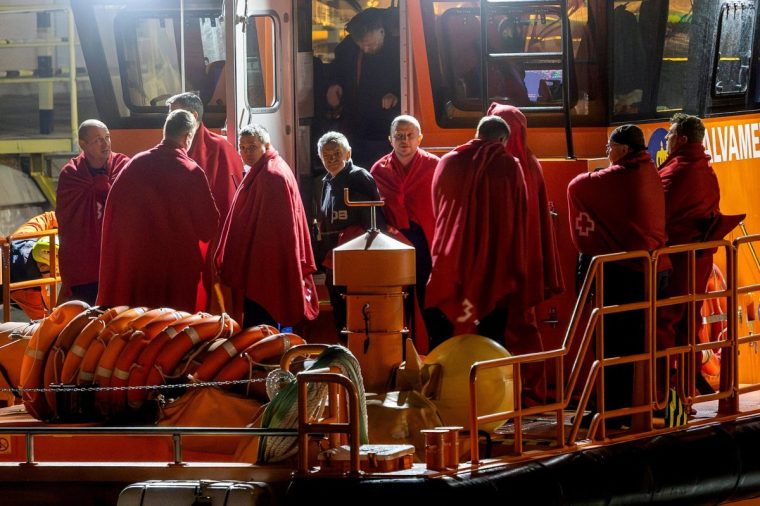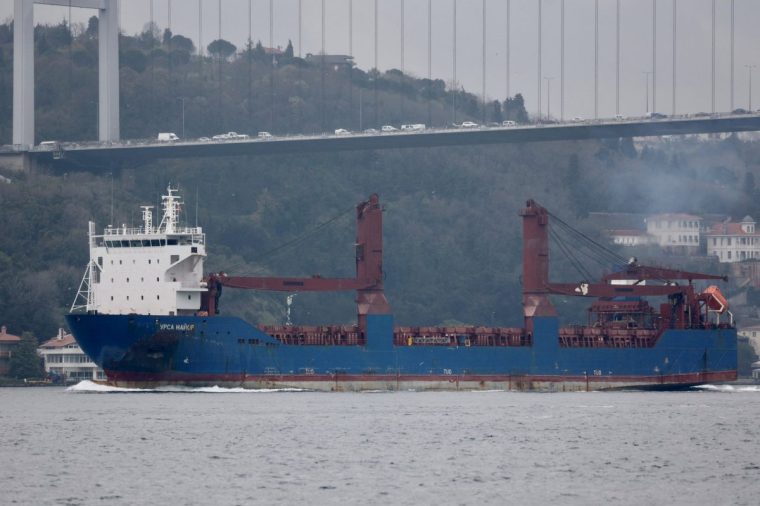A Russian cargo ship sanctioned by the US for its role in transporting military equipment has sunk in Mediterranean after an explosion in its engine room.
Two crew members from the Ursa Major are missing and 14 were rescued and transported to Spain following the explosion just after midday on Monday, the Russian defence ministry said.
The cause of the explosion is under investigation.
Unverified video footage filmed by a passing ship appeared to show the Ursa Major listing heavily to its starboard side, with the stern much lower in the water than usual.
The ship is part of Russia’s “ghost fleet” of commercial vessels used to circumvent sanctions and transport military equipment.
It had left the port of St Petersburg on 11 December, according to tracking data, and was last seen sending a signal just after 10pm on Monday between Algeria and Spain.
It was one of five Russian ships to enter the Mediterranean in recent days, according to independent Russian news site Media Zona.
Analysts have suggested that the ships could be part of a mission to evacuate Russian troops and military equipment from Syria, following the fall of Bashar al-Assad.

However, its owner, Oboronlogistika, which is owned by the Russian defence ministry, has said that the ship was transporting specialised port cranes to the far-eastern Russian port of Vladivostok, as well as parts for new ice-breakers.
Another one of Oboronlogistika’s cargo vessels, Sparta, is among the Russian vessels currently in the Mediterranean.
The Ursa Major, which was previously called Sparta III, was built in 2009.
Until 2022, both Ursa Major and Sparta were used for the so-called “Syria Express” route, transporting Russian arms to Assad via the Moscow-controlled port of Tartus in the Mediterranean.

Oboronlogistika was placed under US sanctions following Russia’s full-scale invasion of Ukraine in February 2022, along with both ships.
On Monday, Ukraine’s HUR military intelligence service said that Sparta had broken down en route to Tartus.
However, it is unclear whether the HUR was referring to Sparta or Ursa Major by its former name. There is no suggestion yet that Kyiv is linked to the explosion on Ursa Major.
Earlier this year, Timur Ivanov, a former Russian deputy defence minister with close ties to Oboronlogistika, was arrested on charges of bribery.
He was a close associate of Sergei Shoigu, whom President Vladimir Putin replaced as defence minister in May.

